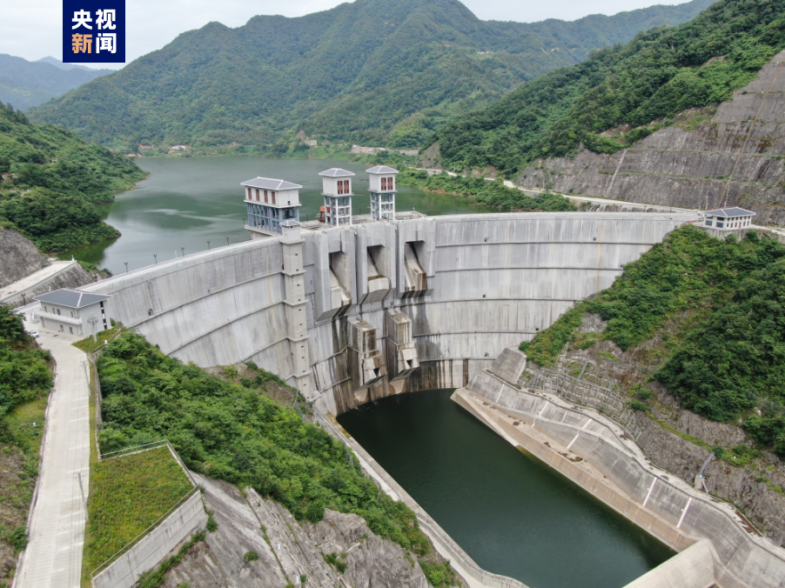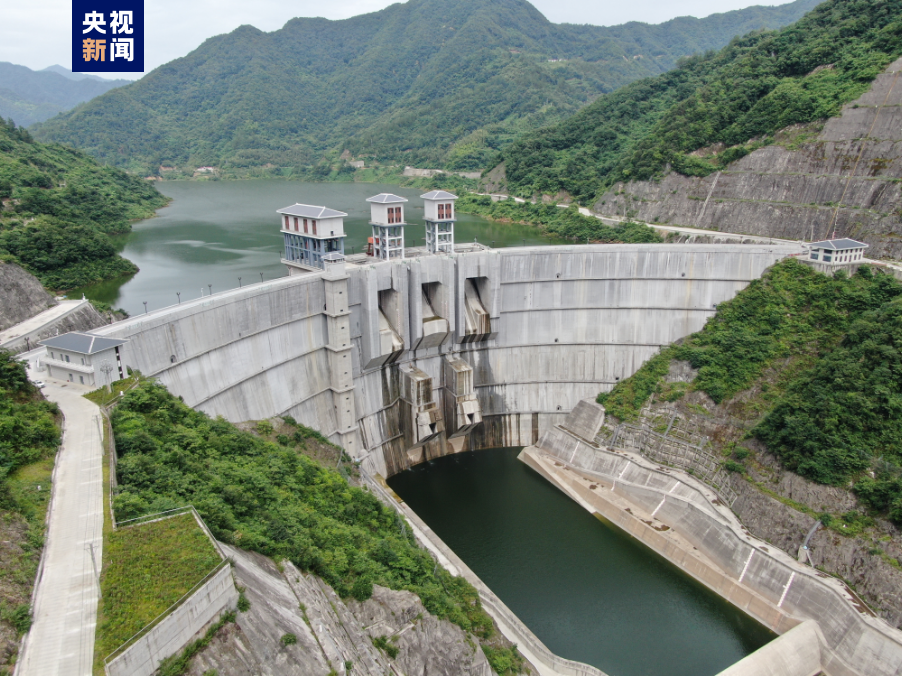With a 51.6 billion yuan (roughly $7.2 billion) investment, the Hanjiang-to-Weihe River water diversion project is Shaanxi’s largest water conservation project.

As China drilled through a mountain range to supply water from a tributary of the country’s longest river, the Yangtze, to slake the drought-stricken north, water began flowing into Xi’an, the capital city of northwest China’s Shaanxi Province, on Sunday for the first time as a result of a decade-long major water diversion project.
Xi’an, which has a population of 10 million, is a major cultural centre and popular tourist destination in China known for its army of terracotta warriors.
One of the most difficult engineering projects in China is the water diversion project, which calls for digging 98.3 km of tunnels beneath the Qinling Mountains, which serve as a natural border between China’s north and south.
The water resources division of Shaanxi Province reported that water was being transferred through tunnels under the Qinling Mountains from the Hanjiang River, the largest tributary of the Yangtze, to the Weihe River, a tributary of the Yellow River.
With a 51.6 billion yuan (roughly $7.2 billion) investment, the Hanjiang-to-Weihe River water diversion project is Shaanxi’s largest water conservation project. Water is transported northward from Hanjiang, in the province’s water-rich southern region, through Weihe, which passes through the more arid central regions, beginning with the construction that began in 2011.
The project has thus far entered the second phase after finishing its first phase. When finished, its second and third phases will deliver water for both residential and commercial use from the Hanjiang River to Xi’an, Xianyang, Weinan, and Yangling in central Shaanxi.
A total of 14.11 million people will benefit from the project, which will allow Shaanxi to allocate its water resources optimally and significantly contribute to the province’s economic and social development. The project will eventually cover an area of 14,000 square metres.
Chinese engineers and construction workers endured extreme heat, high humidity, and hazardous geological conditions like abrasive hard rock, numerous rock falls, and numerous severe water inflow events while working up to two kilometres underground to complete the challenging task.
Academic at the Chinese Academy of Sciences Chen Zuyu told China Media Group (CMG) that the tunnel’s completion was nothing less than a triumph of technology and tenacity and that the project is enormous, protracted, and unfathomably challenging.
“We used our machinery to drill and blast our way through the more than 90-kilometer-long tunnel. It was extremely difficult. When tunnelling underground, we encountered nearly every geological hazard imaginable, including hard rock, extremely high temperatures, toxic gases, rock bursts, and water inflows “added Chen.
